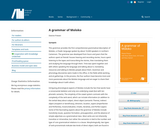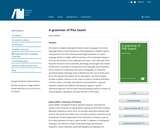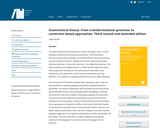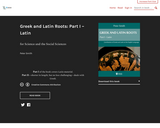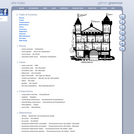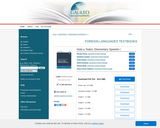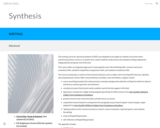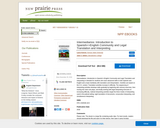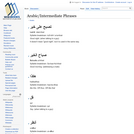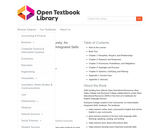The Open Educational Resource Reader and Workbook for Interpreters
Short Description:
This Open Educational Resource (OER) on interpreting offers authors and readers free and open access to current, relevant, easy-to-access, and free materials. The editors have created a space where emerging scholars in the field of signed language interpreting make contributions with the ability to revise as the interpreting studies discipline and the scholars, themselves, develop and change. This OER provides faculty and students readings and practical application experiences that connect program specific coursework and concepts across the interpreter education curriculum emphasizing the holistic nature of the field of interpreting.
Long Description:
The purpose of this OER project is to develop current materials targeting newer scholars as authors who have conducted current research, but have not had an opportunity to publish. In this project, each of the five editors will develop and/or compile a collection of reading and ancillary materials on a specific content area. Contributions will be made in written English or digitally recorded American Sign Language (ASL). All contributors retain rights to their own work and may reuse in traditional and transformative ways as OER approaches continue to advance. As authors continue to grow, they are encouraged to remix (create new content over time) and redistribute materials they have developed.
The goal of this OER is to offer faculty and students readings and practical application experiences that connect program specific coursework and concepts across the interpreter education curriculum emphasizing the holistic nature of the field of interpreting.
Additionally, there are different needs for those students who are native English speakers and those who are native/primary users of ASL. We also envision other interpreter educators using the materials. Thus, we expect that the readings and activities will be revised (adapted) as needed.
Courses and topics for this project include interpreter mindset, pre-interpreting skills and knowledge, technical skills, reflective practice, linguistics, cultural intelligence, multicultural competencies, meaning transfer, and coaching.
Word Count: 38589
ISBN: 978-1-63635-025-7
(Note: This resource's metadata has been created automatically by reformatting and/or combining the information that the author initially provided as part of a bulk import process.)
